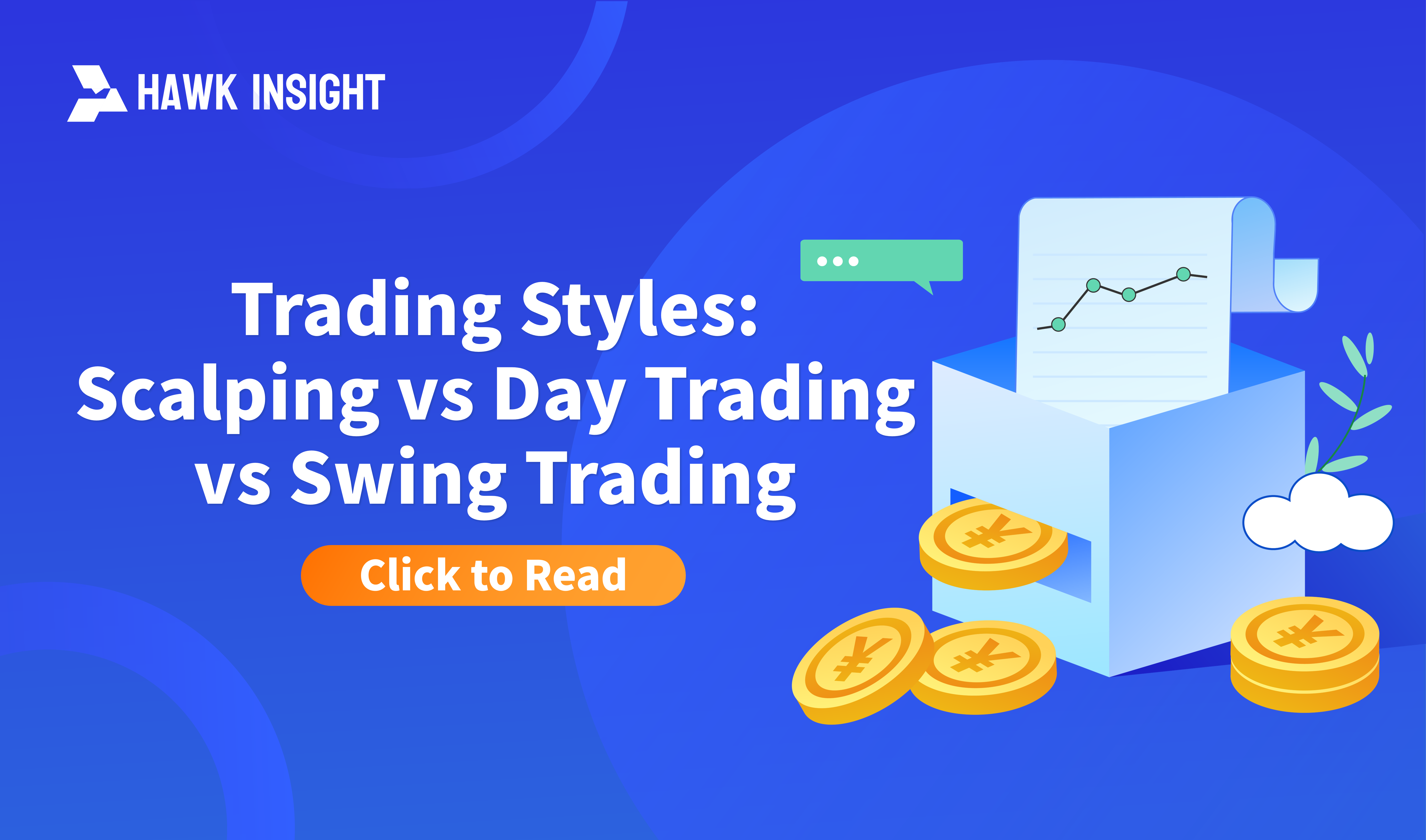Trading Styles: Scalping vs Day Trading vs Swing Trading
Discover the differences, pros and cons of Scalping, Day and Swing Trading.Learn which style suits you best and how to succeed in it.

Choosing the right trading style is crucial for success in the financial markets. Each trading style has its own advantages and disadvantages. Understanding these can help you develop the most suitable trading strategy. This article provides a detailed exploration of three main trading styles: Scalping, Day Trading, and Swing Trading, along with practical advice for optimizing your trading decisions.
1. Scalping
Overview
Scalping is a high-frequency trading strategy where securities are bought and sold rapidly, often within seconds to minutes. The main goal of scalping is to accumulate profits through numerous small trades. Scalpers typically use high leverage to amplify profits from tiny price movements.
Advantages
- Efficient Profits: By quickly capturing small market movements, traders can earn frequent small profits that add up over time.
- Leverage Effect: Using leverage can magnify profits per trade, though it also increases risk.
- Market Responsiveness: Scalpers can quickly react to market changes and seize short-term trading opportunities.
Disadvantages
- Technical Demands: Requires a high-speed, stable internet connection and efficient trading systems to ensure rapid trade execution.
- High Stress: Frequent trading necessitates high concentration and quick decision-making, leading to psychological pressure and fatigue.
- Transaction Costs: High frequency of trades can lead to significant transaction fees and spreads, impacting overall profitability.
2. Day Trading
Overview
Day trading involves buying and selling securities within the same trading day. Unlike scalping, day traders may hold positions for several hours, making trades based on short-term market trends and patterns identified through technical and fundamental analysis.
Advantages
- Risk Control: By closing all positions by the end of the trading day, day traders avoid overnight market risk and reduce holding risk.
- Short-Term Opportunities: Can capitalize on short-term market fluctuations to achieve profits.
- Reduced Psychological Stress: Compared to scalping, holding trades for a few hours may alleviate some of the stress associated with constant trading.
Disadvantages
- Capital Requirements: May need higher capital, especially when using low leverage, to achieve substantial profits.
- High Focus Needed: Requires continuous monitoring of market movements, which can be exhausting and mentally taxing.
- Market Volatility: Short-term fluctuations can introduce significant uncertainty and affect trading strategies.
3. Swing Trading
Overview
Swing trading is a medium-term trading style where securities are held for several days to weeks. Swing traders use technical and fundamental analysis to trade based on medium-term market trends and patterns, aiming to profit from market swings.
Advantages
- Lower Trading Frequency: Fewer trades compared to scalping and day trading, suited for those who prefer less frequent trading.
- Higher Profit Potential: Can earn larger profits from market swings over a medium-term horizon.
- Reduced Stress: Longer holding periods mean less frequent trading, which can reduce psychological stress.
Disadvantages
- Higher Investment: Requires a larger capital investment due to the longer holding period, making it suitable for traders with substantial accounts.
- Market Risk: Longer holding periods expose traders to greater market volatility and potential risks.
- Patience Required: Success in swing trading demands patience and the ability to withstand market fluctuations over days or weeks.
Choosing the Right Trading Style
Selecting the most suitable trading style depends on several factors:
- Personal Preferences: Your trading habits and comfort with market fluctuations.
- Investment Goals: Your financial goals and desired profit levels.
- Risk Tolerance: Your ability to handle risk and psychological pressure.
Regardless of the trading style you choose, it is essential to have a deep understanding of market patterns and technical analysis methods, as well as a robust risk management strategy. Maintain focus and discipline, and never invest more than you can afford to lose.
Disclaimer: The views in this article are from the original Creator and do not represent the views or position of Hawk Insight. The content of the article is for reference, communication and learning only, and does not constitute investment advice. If it involves copyright issues, please contact us for deletion.